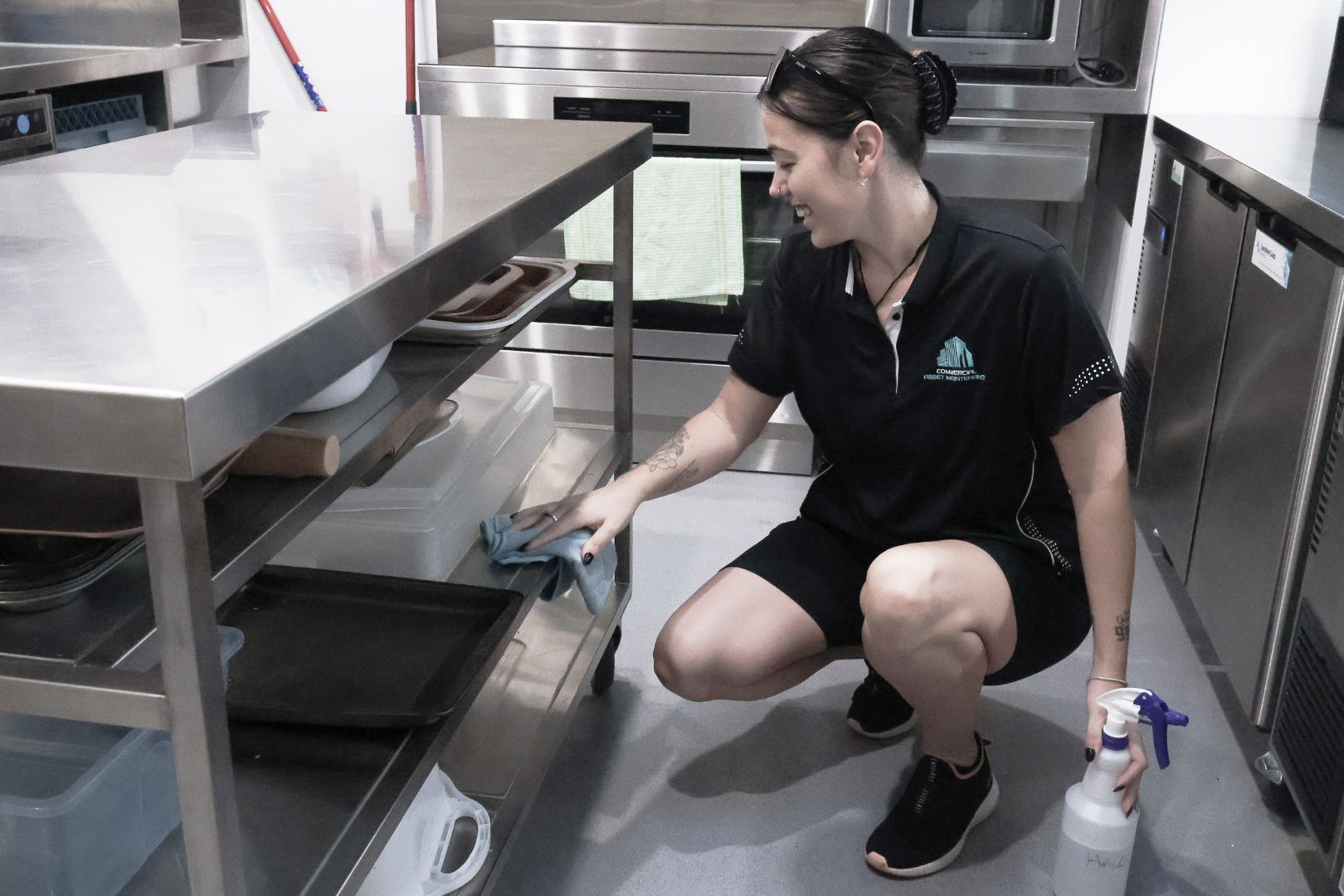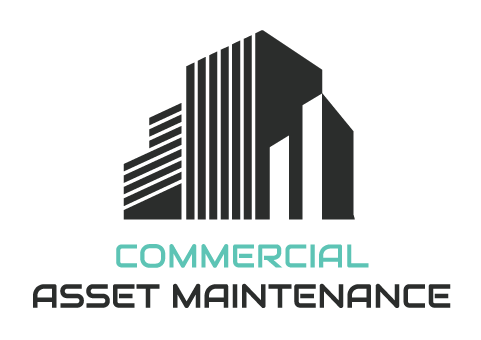How Regular Building Maintenance Saves You Money in the Long Run
Owning or managing a commercial property comes with a long list of responsibilities, but building maintenance often ends up pushed to the bottom of that list. It's easy to delay non-urgent repairs or skip scheduled inspections in favour of more immediate business concerns. However, over time, neglecting maintenance leads to larger issues that are far more expensive to fix.
On the Sunshine Coast, where salt air, humidity and storm season can accelerate wear and tear, regular maintenance isn't just a good idea, it's essential. In this article, we'll explore how a proactive approach to property upkeep can lead to long-term savings, protect your investment, and keep your premises operating smoothly year-round.
Preventing Major Repairs Before They Escalate
One of the biggest cost-saving benefits of regular building maintenance is the ability to catch minor issues before they snowball into major repairs. A cracked tile may seem cosmetic, but left unchecked, it can allow water ingress that leads to rot, mould, and structural damage. Similarly, a flickering light might signal deeper electrical faults that could result in power outages or even fire hazards.
Routine inspections and maintenance programs allow you to identify these problems early and resolve them quickly. It costs far less to seal a gap in flashing or replace a handful of cracked pavers than it does to replace a water-damaged ceiling or repave a sunken walkway.
For property managers, this kind of preventative maintenance is particularly important. It not only avoids disruption to tenants or businesses but also helps protect you from costly emergency call-outs and insurance claims.
Extending the Life of Assets
Every building is made up of systems and components that age over time; paintwork fades, HVAC units clog, tiles loosen, and light fittings corrode. Without regular attention, these assets wear out faster, and you're left footing the bill for replacements long before their expected lifespan is up.
For example, cleaning and maintaining your gutters and downpipes can help prevent premature roof deterioration. Similarly, regular servicing of air conditioning units improves their performance and extends their usable life, reducing energy waste and replacement costs. The same applies to windows, doors, floor coverings, and surface finishes.
By keeping building elements in good condition through routine maintenance, you maximise their longevity and delay the need for costly upgrades. This is especially important in commercial and strata environments where replacement costs can quickly climb due to scale.
Improving Safety & Reducing Liability
Unmaintained properties can become unsafe very quickly, and as a property owner or manager, that puts you at risk of liability. Loose handrails, uneven paving, faulty emergency lighting, mould in wet areas or even pest infestations are more than just inconveniences. They can pose serious health and safety risks.
If a tenant, staff member or visitor is injured due to unsafe conditions, you could be facing legal claims, higher insurance premiums and reputational damage. Safety-related issues are also often subject to regulatory compliance, especially in shared or public-use facilities.
Regular maintenance allows you to stay ahead of hazards by identifying and fixing them before they cause harm. This includes everything from patching damaged walls and re-securing fittings to removing slip hazards and ensuring emergency exits are clear and compliant.
For strata buildings, where communal areas are used daily, safety concerns can escalate quickly if not managed. Regular checks and professional support help you maintain a safe, risk-free environment for everyone.
Energy Efficiency & Operational Cost Savings
Many building maintenance tasks have a direct impact on energy use and efficiency. For instance, clogged HVAC filters force your air conditioning system to work harder, consuming more power and inflating your electricity bills. Poorly sealed windows and doors allow heat transfer, compromising internal climate control and leading to more wear on systems like split systems or ducted units.
By regularly maintaining key building features, you ensure that everything operates at its optimal level. Seals and insulation stay intact, lighting systems run efficiently, and automated systems remain in calibration. This leads to lower energy bills, better comfort for occupants, and less strain on critical infrastructure.
Even exterior maintenance, like clearing leaves from roof gutters or pruning vegetation near outdoor units, contributes to better system performance. Over time, these small efforts add up to significant operational cost savings.
Maintained buildings are also more likely to meet sustainability benchmarks or green building standards, which can improve valuation and leasing appeal for environmentally conscious tenants.
Conclusion
When you factor in the true cost of neglect — emergency repairs, premature asset replacement, legal risks and rising utilities — it's clear that regular building maintenance is a smart financial strategy. It's not just about keeping things tidy; it's about protecting your investment, supporting your tenants or staff, and keeping your property running smoothly with fewer surprises.
At Commercial Asset Maintenance, we provide comprehensive commercial maintenance services across the Sunshine Coast, including building repairs, strata upkeep, safety compliance and routine servicing. Whether you manage a business premises, commercial complex or shared facility, our team can help you put a plan in place that saves you time, stress and money.
Call Commercial Asset Maintenance today on 1300 266 648 to schedule a consultation or request a tailored maintenance plan for your site.


















